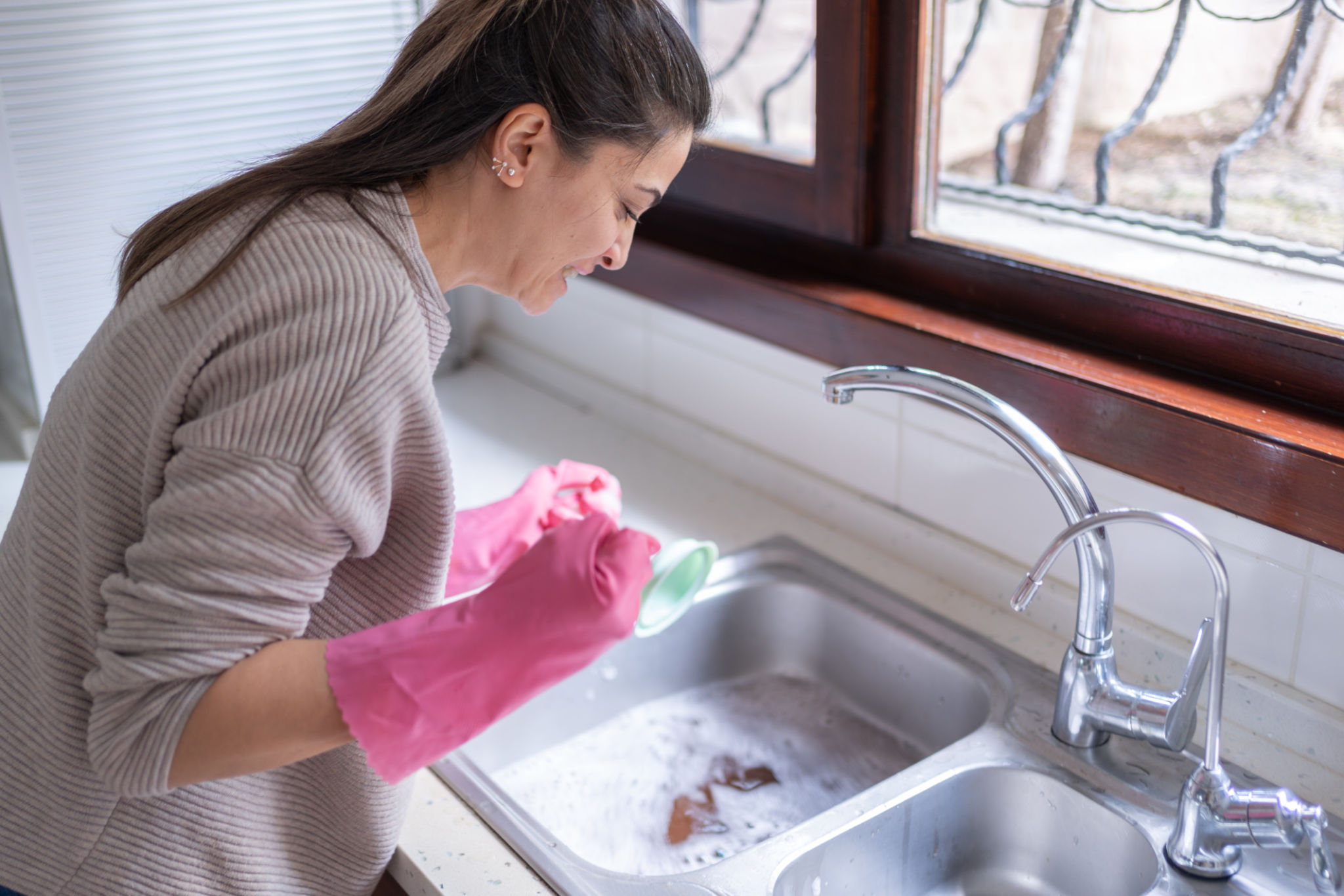DIY Plumbing Guide: How to Handle Minor Plumbing Issues at Home
Understanding Your Plumbing System
Plumbing might seem daunting, but understanding the basics can empower you to tackle minor issues without having to call a professional every time. Your home plumbing system is divided into two main parts: the water supply system, which brings clean water into your home, and the drainage system, which removes wastewater. Knowing these systems' components can help you diagnose and resolve issues efficiently.
Common components include pipes, faucets, valves, drains, and toilets. Each has its own potential issues, which we will address in this guide. By familiarizing yourself with these elements, you can better understand the source of a problem when it arises.

Fixing Leaky Faucets
A leaky faucet is one of the most common plumbing problems and, fortunately, one of the easiest to fix. The cause is usually a worn-out washer or cartridge inside the faucet. To fix this:
- Turn off the water supply to the faucet.
- Remove the handle to access the cartridge or washer.
- Replace the faulty part with a new one.
- Reassemble the faucet and turn on the water supply to check for leaks.
By addressing leaks promptly, you can save water and prevent further damage. Remember, a dripping faucet can waste over 3,000 gallons of water per year!
Unclogging Drains
Clogged drains are another frequent issue in many households. Hair, soap scum, and grease can build up over time, leading to slow or blocked drains. Here's how you can unclog them:
- Use a plunger: A plunger can often dislodge minor blockages.
- Baking soda and vinegar: Pour baking soda into the drain followed by vinegar. Let it sit before flushing with hot water.
- Drain snake: For stubborn clogs, a drain snake may be necessary to remove debris.

Toilet Troubleshooting
A running toilet can be both annoying and costly due to increased water bills. The problem usually stems from a faulty flapper or fill valve. Here's how to fix it:
- Check the flapper: It should form a tight seal. Replace it if it's worn out.
- Inspect the fill valve: Adjust or replace it if the toilet still runs after replacing the flapper.
By maintaining your toilet, you can avoid unnecessary expenses and ensure efficient water usage in your home.
Prevention Tips for Future Issues
Prevention is key to minimizing plumbing issues. Here are some tips to help keep your plumbing in top condition:
- Avoid chemical drain cleaners: They can damage your pipes over time.
- Regular maintenance: Inspect your plumbing fixtures regularly and address minor issues before they escalate.
- Monitor water pressure: Excessively high pressure can strain your pipes and fixtures.

When to Call a Professional
While DIY solutions are effective for minor issues, there are times when professional intervention is necessary. If you encounter persistent leaks, frequent clogs, or suspect a major problem like a burst pipe, it's best to call in an expert. Professional plumbers have specialized tools and expertise that can resolve complex issues safely and efficiently.
In conclusion, handling minor plumbing issues at home can save you time and money. By understanding your plumbing system and keeping up with regular maintenance, you can address problems as they arise and keep your home's plumbing running smoothly.